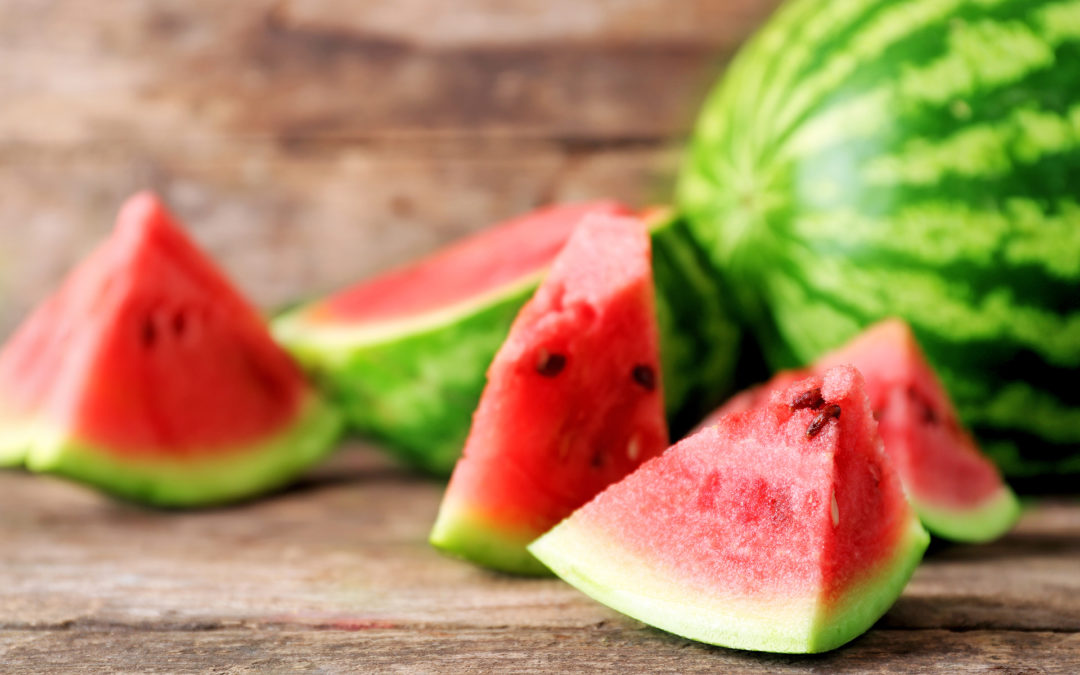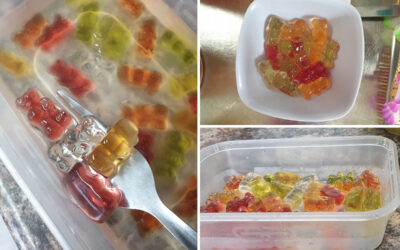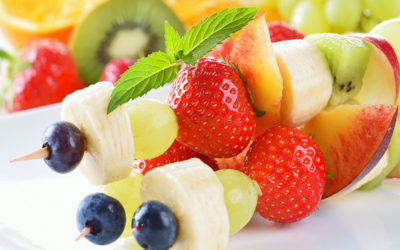Being properly hydrated has many far-reaching positive effects. Proper hydration can:
-
- Improve cognitive function
- Aid pain relief, particularly in relation to muscles and headaches
- Support proper bowel function
- Help the body clear toxins from the system, particularly the liver (which is important when on various medications)
- Keep cells healthy
Although we should aim to get our hydration from fluids, all fruits and vegetables are also hydrating and contribute to our daily fluid intake. So, it’s good to eat our 5-a-day to get that ‘time-released’ fluid and abundance of vitamins and minerals that they also have to offer.
Eating fresh fruit and utilising nutritious vegetables in salads are both great ways to eat well and keep hydrated. Homemade soups, of any description, are also a fantastic way of both nourishing and hydrating the body.
Top hydrating foods
Most vegetables and fruits that we eat contain a reasonable water content and should be used as part of a healthy, hydrating diet. But here are some champions:
Watermelon
Watermelon, true to its name, is 92% water! Its salt, calcium and magnesium content are what makes it ideal for rehydration. It is also a good source of potassium, vitamin A and C.
Cucumbers
Composed of 96% water, cucumbers are also very high in vitamin K, B6 and iron. They are perfect in salads or served with a tasty dip. Try blending cucumber with natural yogurt as a refreshing accompaniment to any meal, or simply add slices to a jug of water for the perfect refreshment.
And don’t forget, watermelon and cucumber slices are great as part of a hydrating snack plate!
Celery
With a massive 95% water content, this crunchy green is also high in fibre and rich in minerals including potassium and vitamins A, C, and K.
Strawberries
Strawberries are 92% water (the most of any berry) and they are loaded with fibre and vitamin C. Use these tasty treats in a smoothie or just graze on a bowl.
Lettuce
Iceberg lettuce is typically 96% water; great in salads and sandwiches, it adds that extra element of hydration. While this crispy salad staple boasts a high water content, butterhead lettuce, romaine and spinach all contain higher amounts of fibre and nutrients such as folic acid and vitamin K. But, when temperatures rise, iceberg can take centre stage!
Radishes
These refreshing root vegetables should have a permanent place on your summer menu. Perfect for salads, they give a kick of spicy-sweet flavour, and more importantly they’re filled with antioxidants. At 95% water, radishes make a crunchy and hydrating addition to your healthy summer coleslaw.
Tomatoes
These red salad staples are a mainstay all year round, but try making more use of them in summer, as they are full of water.
Dairy products
As well as fruit and vegetables, dairy products such as milk and Greek yogurt are around 80 percent water and full of nutrients.




